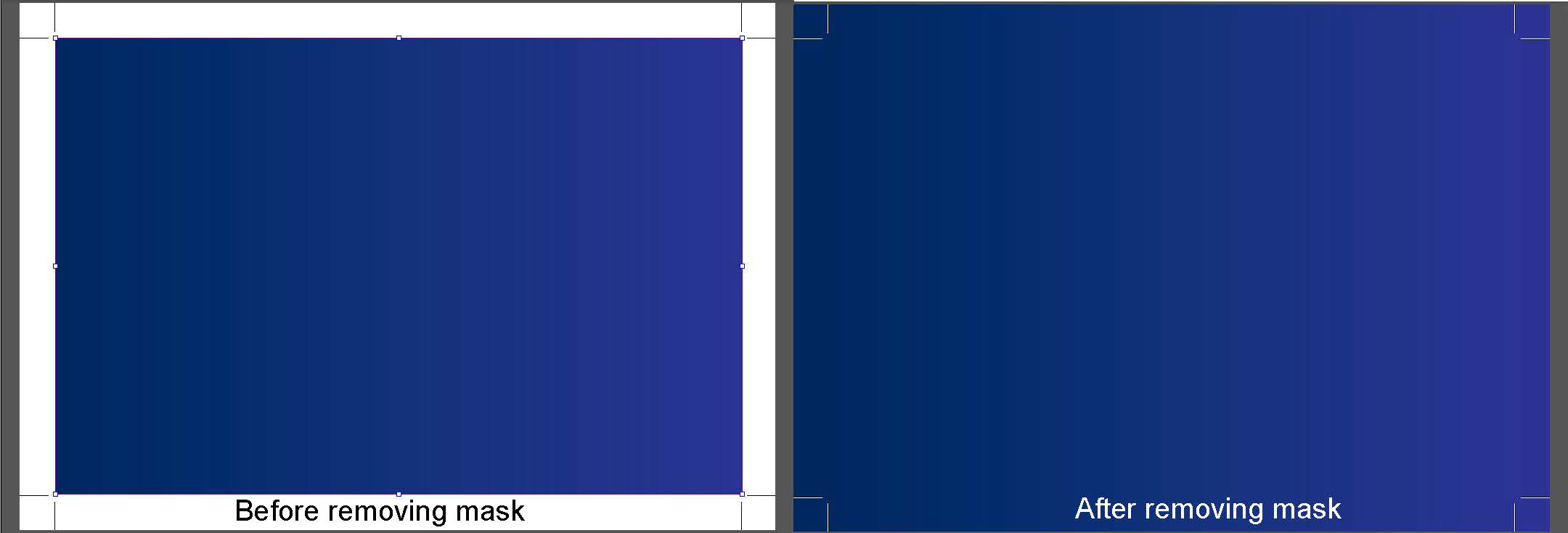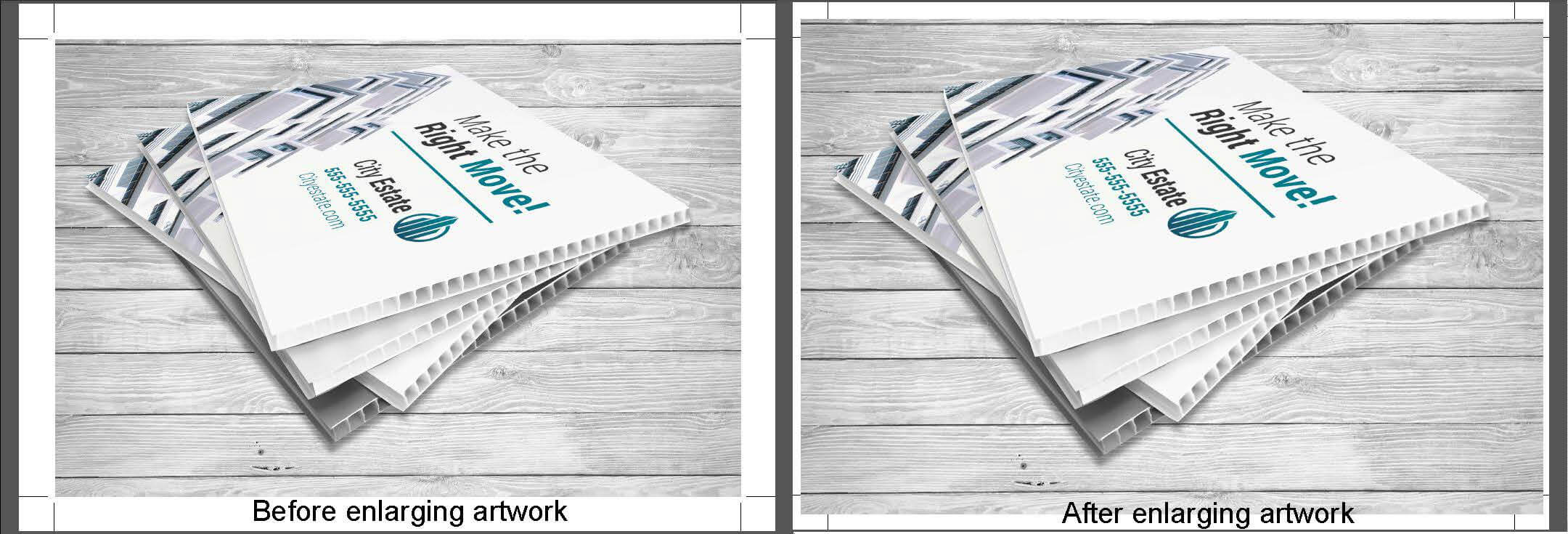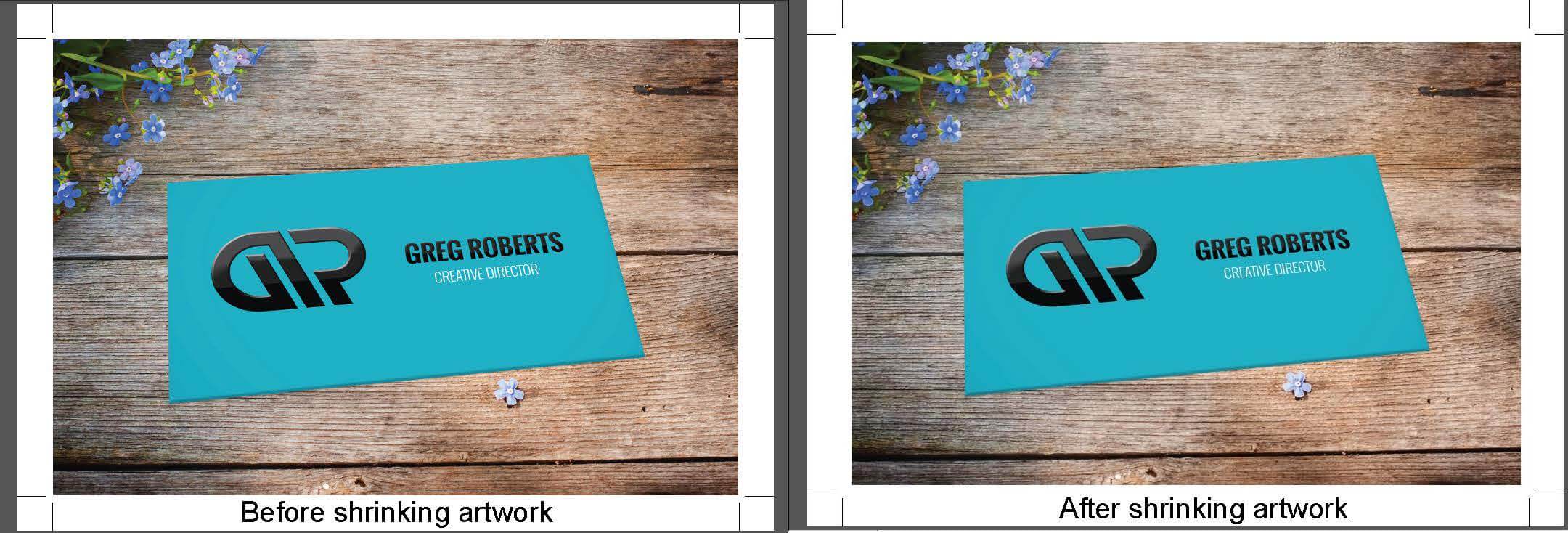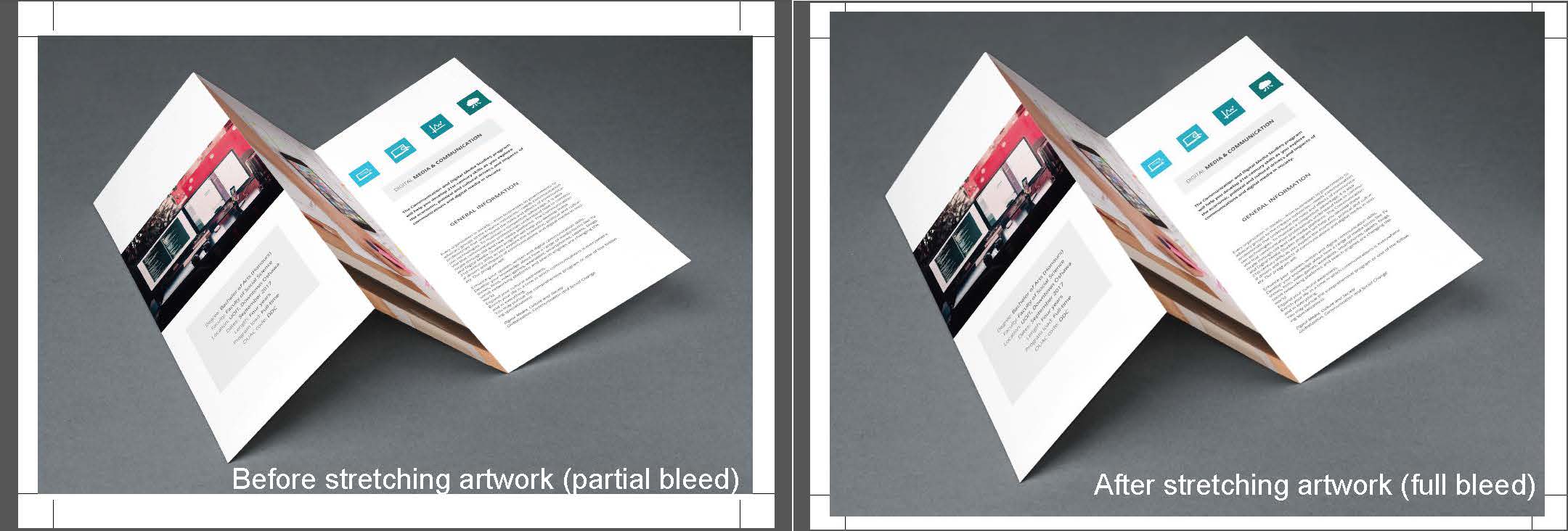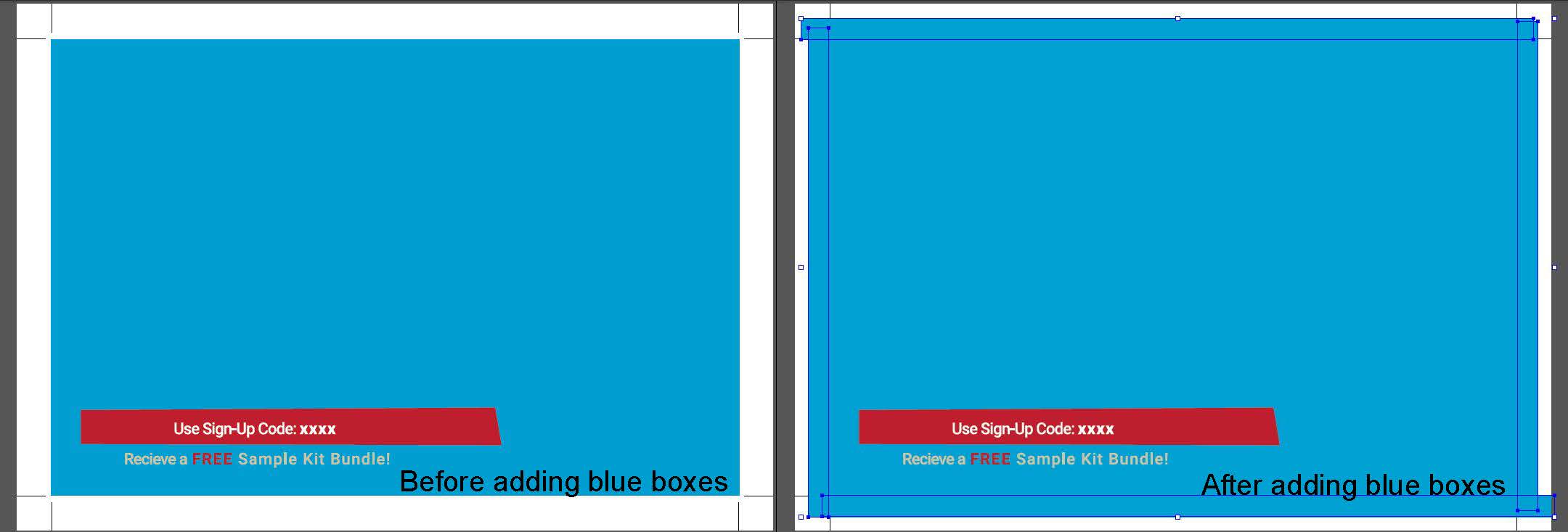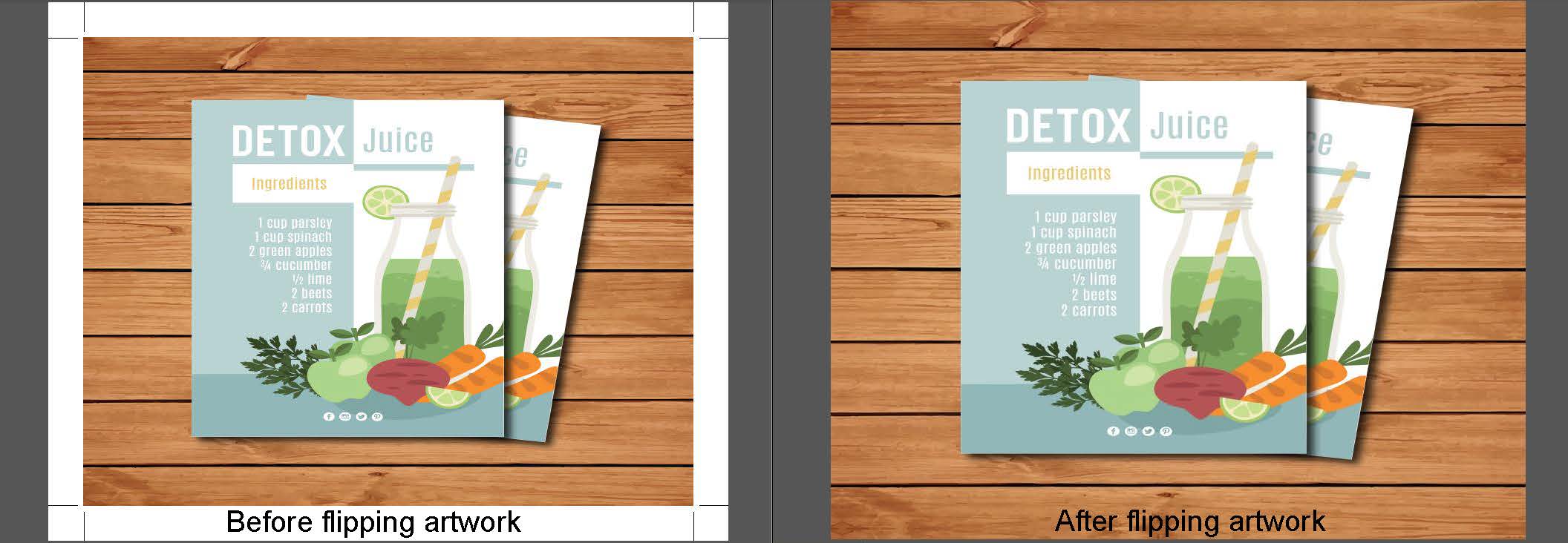4 Must-Know Strategies for Hosting Virtual Events
4 Must-Know Strategies for Hosting Virtual Events
How you choose to promote an event can have a direct impact on how successful that event is.
For brands that have established a rhythm for online events, promotion efforts don’t need to be particularly intense. But if you’re new to hosting online events, it can be difficult to build engagement.
The Milken Institute, a financial think tank that thrives on bringing people and ideas together through large events, had to postpone their live flagship annual event, the Global Conference, which convenes more than 4,000 executives and thought leaders from around the world. In its place, the Institute has started hosting regular virtual summits, including smaller local webinar gatherings called “The COVID-19 Conference Call Series.”
Here’s what Milken’s new business development director Ira Rosen said about this change:
“People have gotten creative with what they can now do online, but people are discovering that hosting events online isn’t necessarily easier than in-person events. If you’ve never held a digital event before, there are a few things you have to consider.”
Here are a few starter steps:
1. Create an Attention-Grabbing Event Page
This is the place where everyone goes to learn about your event.
Use a simple tool like Cvent Flex to make it stand out, and entice people to sign up by including eye-catching graphics, professional pictures, and engaging clips of keynote speakers, workshop leaders, and performers. Keep people from wandering away from your page by embedding all relevant videos, pictures, and other media, so they don’t have to find it elsewhere.
Finally, include all of the essential details so your event page is a one-stop-shop for information and attendee actions. This includes:
- Time and date(s) of the event
- An agenda
- Speaker bios
- Sponsor information
- Registration links
- Secure payment options
2. Ask Partners or Sponsors to Spread the Word
When your sponsors and partners promote your virtual event, it markets your program exponentially—this benefits all stakeholders.
Put yourself out there by directly asking others to promote your virtual event. Provide the affiliate link, printed publicity, and any hashtags or online videos that might make it easier to build momentum.
3. Keep Participants Engaged
Being confined behind a screen can make it harder for speakers to engage with the audience during the event, but there are ways to encourage interaction.
Research shows that 47% of people are more likely to ask a question at a virtual event, and 37% are more likely to speak to a person in a virtual booth than a real one. View virtual events as an opportunity to engage with your audience rather than an obstacle. Take time to conduct a poll, ask questions, or play a video in the middle of your presentation.”
Other ways to engage viewers include trivia segments, participant voting options for upcoming segments, or even “virtual booths” (like breakout rooms) participants can visit after the event’s conclusion.
4. Build Content that Promotes Your Event
No matter what kind of event you promote, planning it in a vacuum is never a good idea.
If regular content production is part of your marketing mix, these efforts should overlap with the event you’re promoting. From a weekly podcast or newsletter to printed inserts or your website, any platform you control can be used to build interest.
Need an extra publicity boost? Contact us today to spread the word through print!
www.printcafeli.com or Call 516-561-1468



